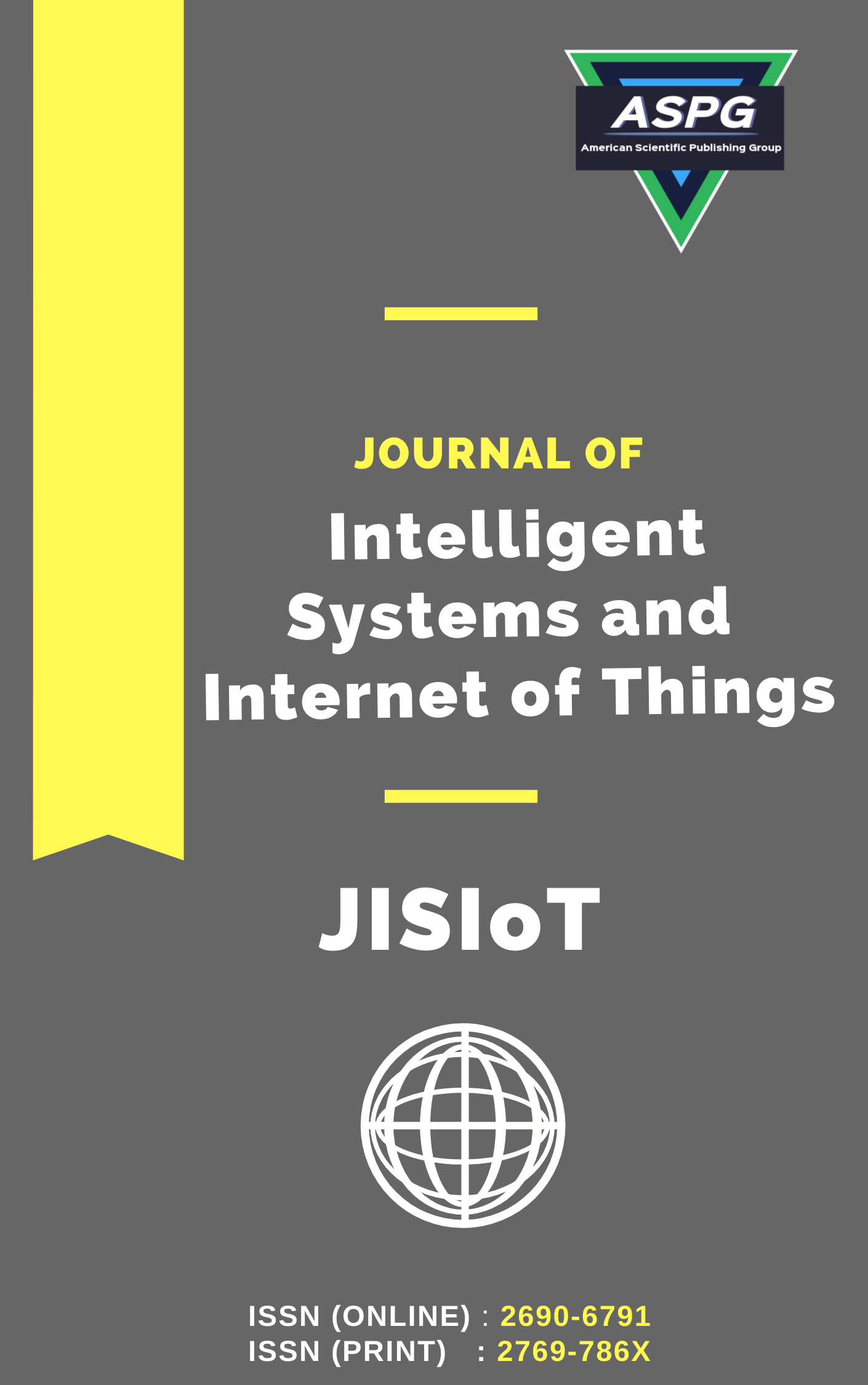

Volume 18 , Issue 1 , PP: 01-11, 2026 | Cite this article as | XML | Html | PDF | Full Length Article
Sonia Ayachi Ghannouchi 1 * , Zaman Fahad Badday 2
Doi: https://doi.org/10.54216/JISIoT.180101
This study empirically examines how artificial intelligence (AI) is changing the online software development ecosystem. Data from 30 types of software professionals in various roles is used to examine opportunities, challenges and ethical considerations, trends in AI-enhanced software development as well technological innovation research methods. Major findings show substantial increases in efficiency of development processes (39.3% decrease in development time) and the quality of the codes (53.3% less flaws/KLOC). However, organizations also face major challenges. For instance, there is a significant skill gap to bridge (severity rating 4.2/5) and expensive implementation costs to put into practice. This study provides a fact-based guide for organizations interested in integrating AI technologies into their software development procedures. The paper also outlines practical inputs that must be made by software practitioners.
Artificial Intelligence , Software Development , Development Efficiency , AI Integration , Software Engineering , DevOps Automation
[1] E. Jillson, “Aiming for truth, fairness, and equity in your company’s use of AI,” Federal Trade Commission, vol. 19, 2021.
[2] S. Chatterjee, N. P. Rana, Y. K. Dwivedi, and A. M. Baabdullah, “Understanding AI adoption in manufacturing and production firms using an integrated TAM-TOE model,” Technological Forecasting and Social Change, vol. 170, p. 120880, 2021.
[3] S. Chatterjee, S. K. Ghosh, and R. Chaudhuri, “Knowledge management in improving business process: an interpretative framework for successful implementation of AI–CRM–KM system in organizations,” Business Process Management Journal, vol. 26, no. 6, pp. 1261–1281, 2020.
[4] B. D. Deebak and A.-T. Fadi, “Privacy-preserving in smart contracts using blockchain and artificial intelligence for cyber risk measurements,” Journal of Information Security and Applications, vol. 58, p. 102749, 2021.
[5] A. Kimball, “Asymptomatic and presymptomatic SARS-CoV-2 infections in residents of a long-term care skilled nursing facility—King County, Washington, March 2020,” MMWR. Morbidity and Mortality Weekly Report, vol. 69, 2020.
[6] B. Shneiderman, “Bridging the gap between ethics and practice: guidelines for reliable, safe, and trustworthy human-centered AI systems,” ACM Transactions on Interactive Intelligent Systems (TiiS), vol. 10, no. 4, pp. 1–31, 2020.
[7] S. Amershi et al., “Software engineering for machine learning: A case study,” in 2019 IEEE/ACM 41st International Conference on Software Engineering: Software Engineering in Practice (ICSE-SEIP), 2019, pp. 291–300.
[8] T. G. Smith et al., “Creating a practical transformational change management model for novel artificial intelligence–enabled technology implementation in the operating room,” Mayo Clinic Proceedings: Innovations, Quality & Outcomes, vol. 6, no. 6, pp. 584–596, 2022.
[9] Z.-Q. Zhao, P. Zheng, S. Xu, and X. Wu, “Object detection with deep learning: A review,” IEEE Transactions on Neural Networks and Learning Systems, vol. 30, no. 11, pp. 3212–3232, 2019.
[10] K. Sohn and O. Kwon, “Technology acceptance theories and factors influencing artificial intelligence-based intelligent products,” Telematics and Informatics, vol. 47, p. 101324, 2020.
[11] T. Machiels, T. Compernolle, and T. Coppens, “Real option applications in megaproject planning: trends, relevance and research gaps. A literature review,” European Planning Studies, vol. 29, no. 3, pp. 446–467, 2021.
[12] T. Kim, Y. Yoon, B. Lee, N. Ham, and J.-J. Kim, “Cost–benefit analysis of scan-vs-BIM-based quality management,” Buildings, vol. 12, no. 12, p. 2052, 2022.
[13] K. Yang, R. Y. Sunindijo, and C. C. Wang, “Identifying leadership competencies for construction 4.0,” Buildings, vol. 12, no. 9, p. 1434, 2022.
[14] D. Sahadevan, H. Al Ali, D. Notman, and Z. Mukandavire, “Optimising airport ground resource allocation for multiple aircraft using machine learning-based arrival time prediction,” Aerospace, vol. 10, no. 6, p. 509, 2023.
[15] J. D. Milner et al., “Early-onset lymphoproliferation and autoimmunity caused by germline STAT3 gain-of-function mutations,” Blood, The Journal of the American Society of Hematology, vol. 125, no. 4, pp. 591–599, 2015.
[16] P. Kumari, A. Kulkarni, A. K. Sharma, and H. Chakrapani, “Visible-light controlled release of a fluoroquinolone antibiotic for antimicrobial photopharmacology,” ACS Omega, vol. 3, no. 2, pp. 2155–2160, 2018.
[17] A. Aqel, K. M. M. Abou El-Nour, R. A. A. Ammar, and A. Al-Warthan, “Carbon nanotubes, science and technology part (I) structure, synthesis and characterisation,” Arabian Journal of Chemistry, vol. 5, no. 1, pp. 1–23, 2012.
[18] M. Pantic, M. Valstar, R. Rademaker, and L. Maat, “Web-based database for facial expression analysis,” in 2005 IEEE International Conference on Multimedia and Expo, 2005, pp. 5-pp.
[19] X. Li et al., “Surface treatments on titanium implants via nanostructured ceria for antibacterial and anti-inflammatory capabilities,” Acta Biomaterialia, vol. 94, pp. 627–643, 2019.
[20] G. Bansal et al., “Does the whole exceed its parts? the effect of AI explanations on complementary team performance,” in Proceedings of the 2021 CHI Conference on Human Factors in Computing Systems, 2021, pp. 1–16.